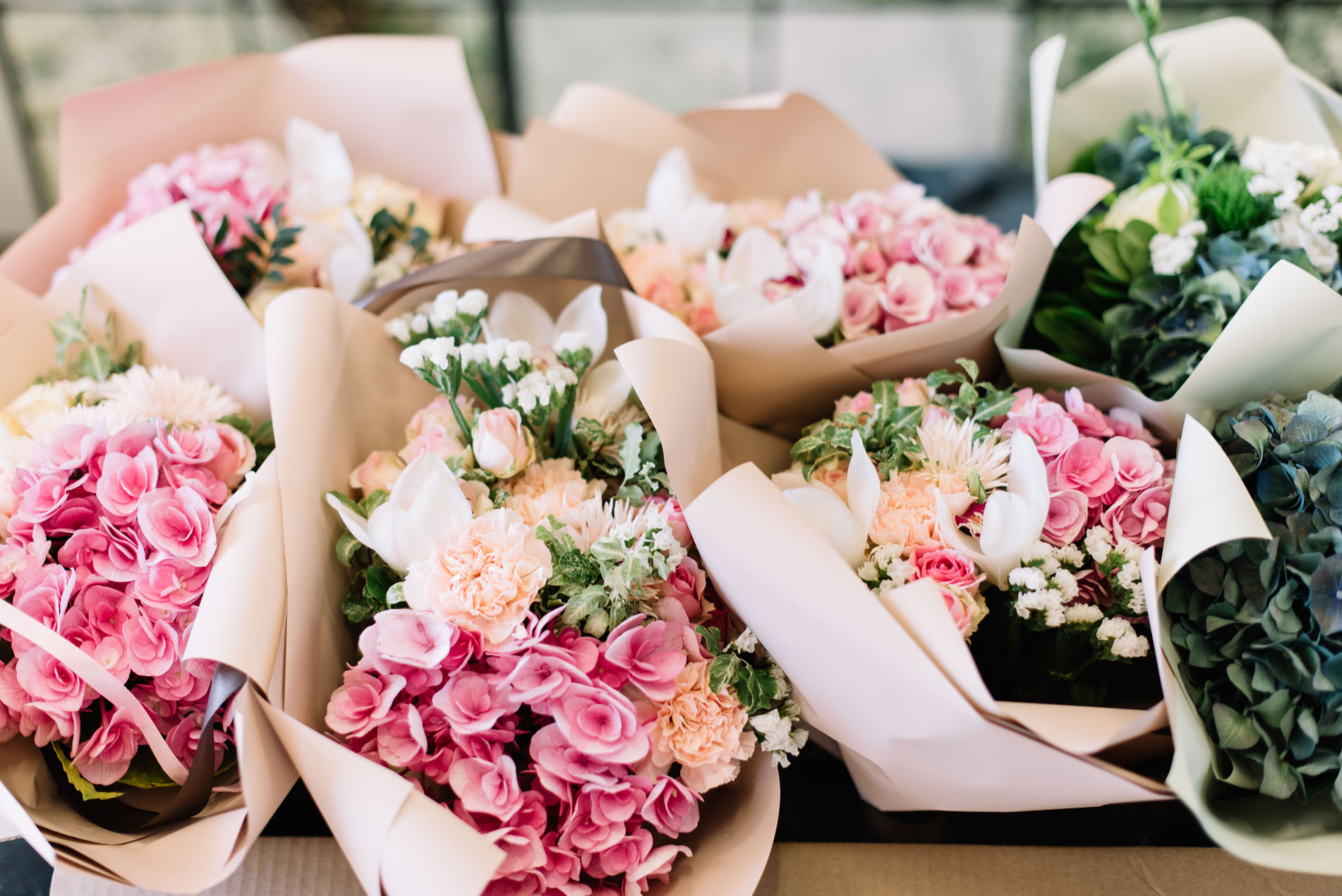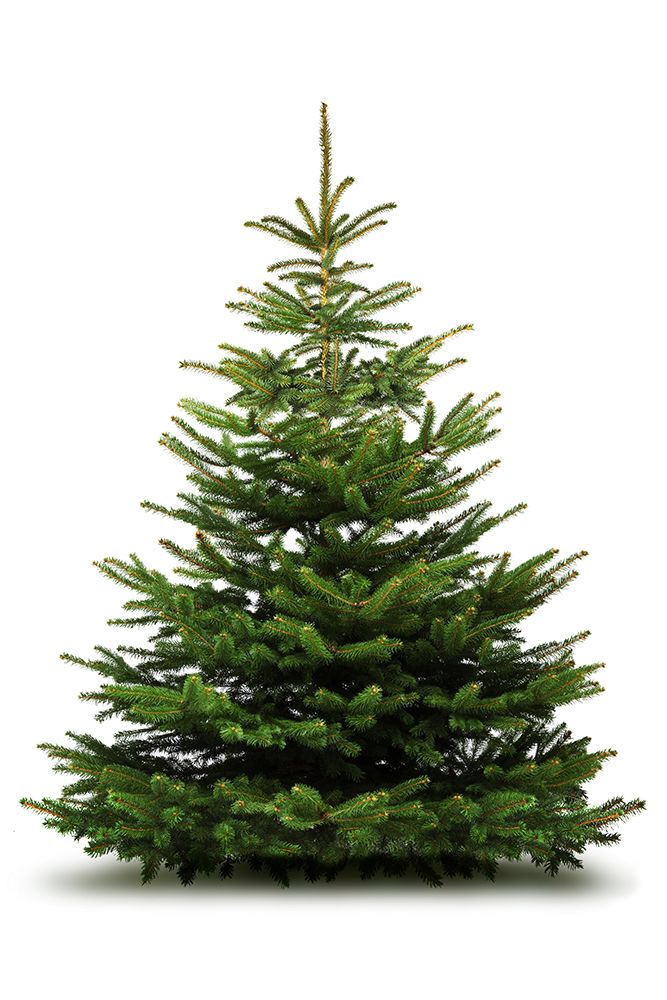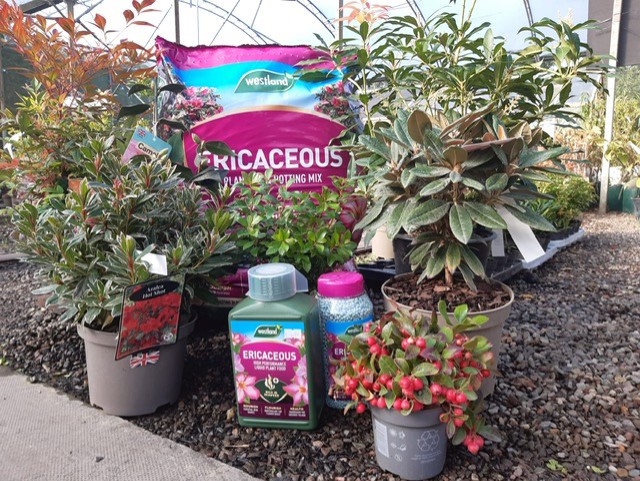
KEEP OUR BIRDS WELL FED THIS WINTER
As we see temperatures starting to dip, it becomes harder for bird to find food. So how can you help feed the birds that visit your garden? Here are some tips to providing a bird-friendly café!
THE BENEFITS OF TREE PLANTING
Autumn is a great time to plant trees. Here at the Plant Market, we have a wide variety – from rowans to cherry and witch-hazel to plum.
Rowan trees – a great source of food for the birds as they produce a crop of berries that can see birds through for several months. The later ripening berries of an ivy are also a good food source, and its evergreen leaves provide the perfect spot for wrens to find hibernating insects.
Benefits of Birches – 521 species of invertebrate feed on it, of which 112 are exclusive. Standing dead or decaying birches (where safe to leave), are important for fungi and bird nests. The insects and prolific amount of seed is attractive to a number of birds. Its bark and young, fresh leaves are attractive.
Holly trees – Provide shelter and protection and berries during winter. It is the food plant for first generation holly blue butterflies in spring. 36 species of insect have been recorded feeding on holly.
Crab apple – Birds feed on the fruit, particularly robins, starlings, greenfinches and thrushes. The colourful flowers attract bees in spring. The native crab apple can be home to over 90 insect species. Blackbirds and redwings love windfall apples left for them and will also feast on crab apples and other hard fruits too.
Cotoneaster – These range from tall, tree-like shrubs to ground-hugging types that suppress weeds. In a wildlife garden, the cup-shaped flowers will attract pollinators while the succeeding berries feed birds.
A range of ornamental shrubs also provide berries into early winter, and don’t discount the value of nectar – it’s not just for bees! Small birds such as blue tits and even blackcaps will get an energy boost from it.
It’s a question of taste
Like humans, different birds like different foods;
Goldfinch, siskin, redpoll – smaller seeds like niger
Greenfinch, tits – sunflower hearts
Sparrows, woodpigeon, collared dove – large grains
Woodpeckers, tits, starling – fat balls and peanuts
Robin, thrushes – mealworms and live foods
Thrushes, waxwing – windfall fruit
Location, location, location
There are a variety of different ways to feed birds. This is because like food, different birds like different ways to access their food.
Ground feeding birds will love it if you sprinkle crumbled fat balls and seed beneath shrubs. Treecreepers and woodpeckers prefer finding fat mixtures in the cracks and crevices of branches or bark.
If you have the space, it’s a good idea to move bird tables and feeders around the garden every now and then. As well as reducing the build-up of mess, it helps prevent cats and sparrowhawks from becoming too familiar with where the birds are feeding.
SHELTER
Birds that don’t migrate in winter and stay in the UK need all the help that they can get to help them survive harsh winters. Not only should we be giving them energy-packed food, but also offering them a sheltered place to rest and roost overnight.
Many birds take advantage of a bird box in winter. When wild birds have spent the day hunting and foraging for food, they are in desperate need of a secure place away from danger.
Birds rarely roost overnight alone; they realise that shared body heat improves their survival chances.
By putting up boxes in the autumn you can provide much needed winter refuges for roosting birds and possibly increase the chance of them staying and nesting there when spring comes around.
And most importantly, remember to keep bird baths topped up and free from ice.
If you would like more information about our trees or bird food range, pop in and see us, we’d love to help!









